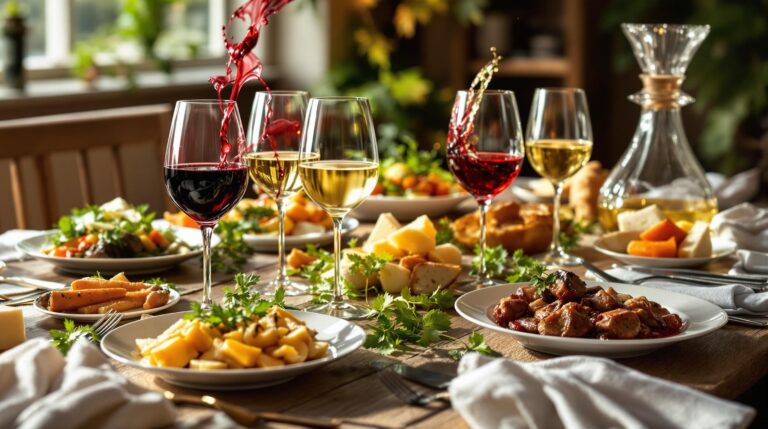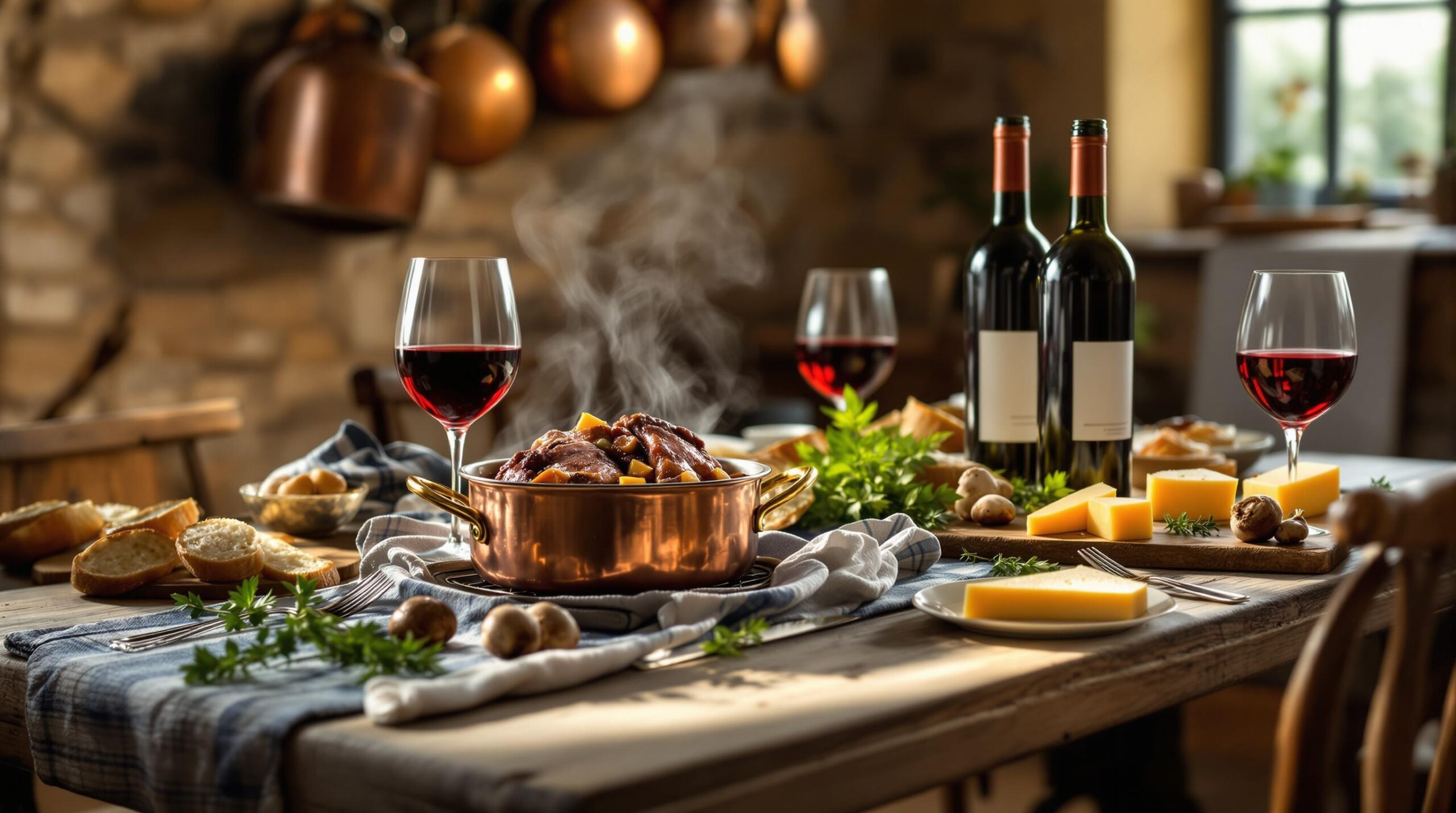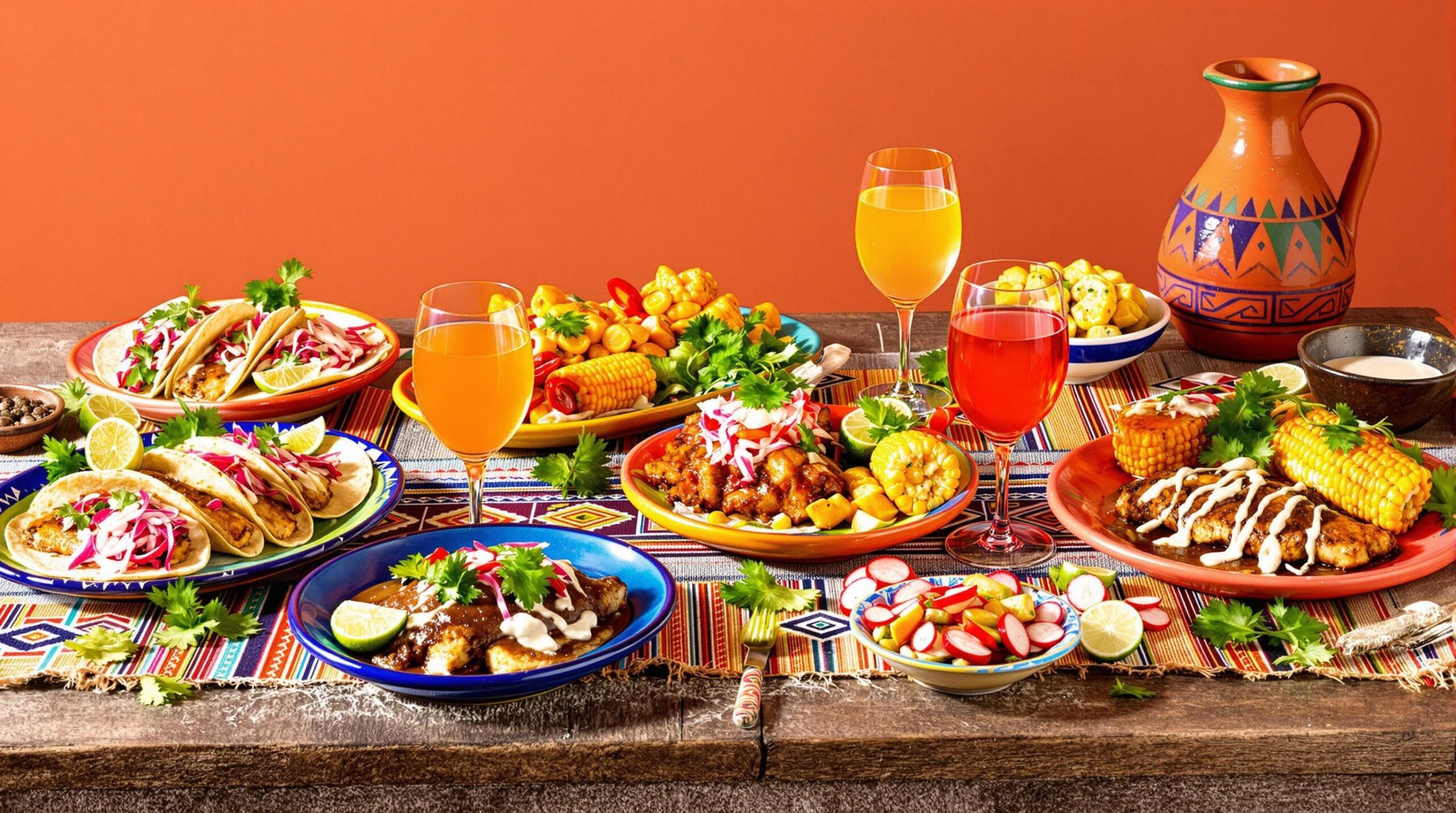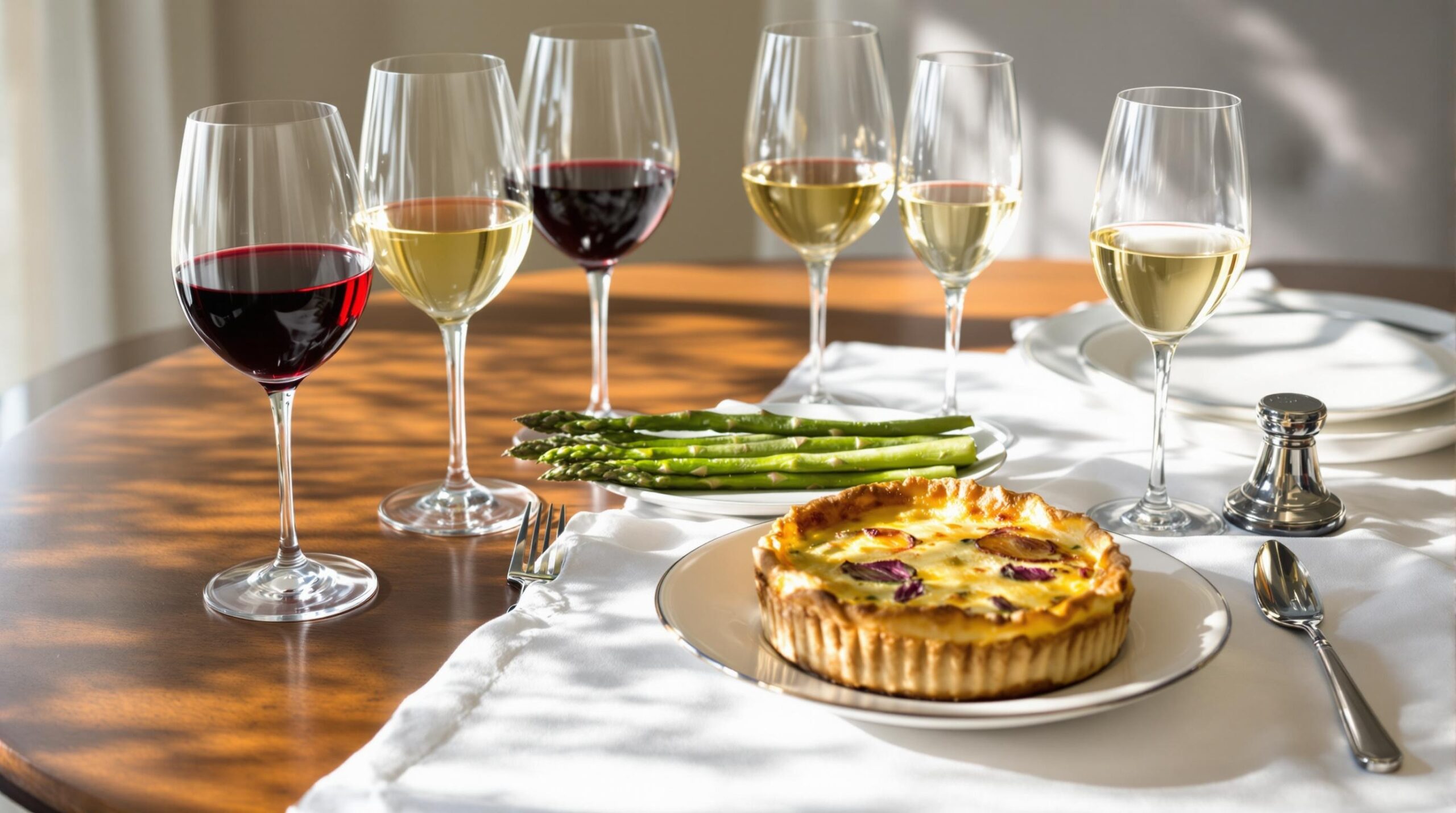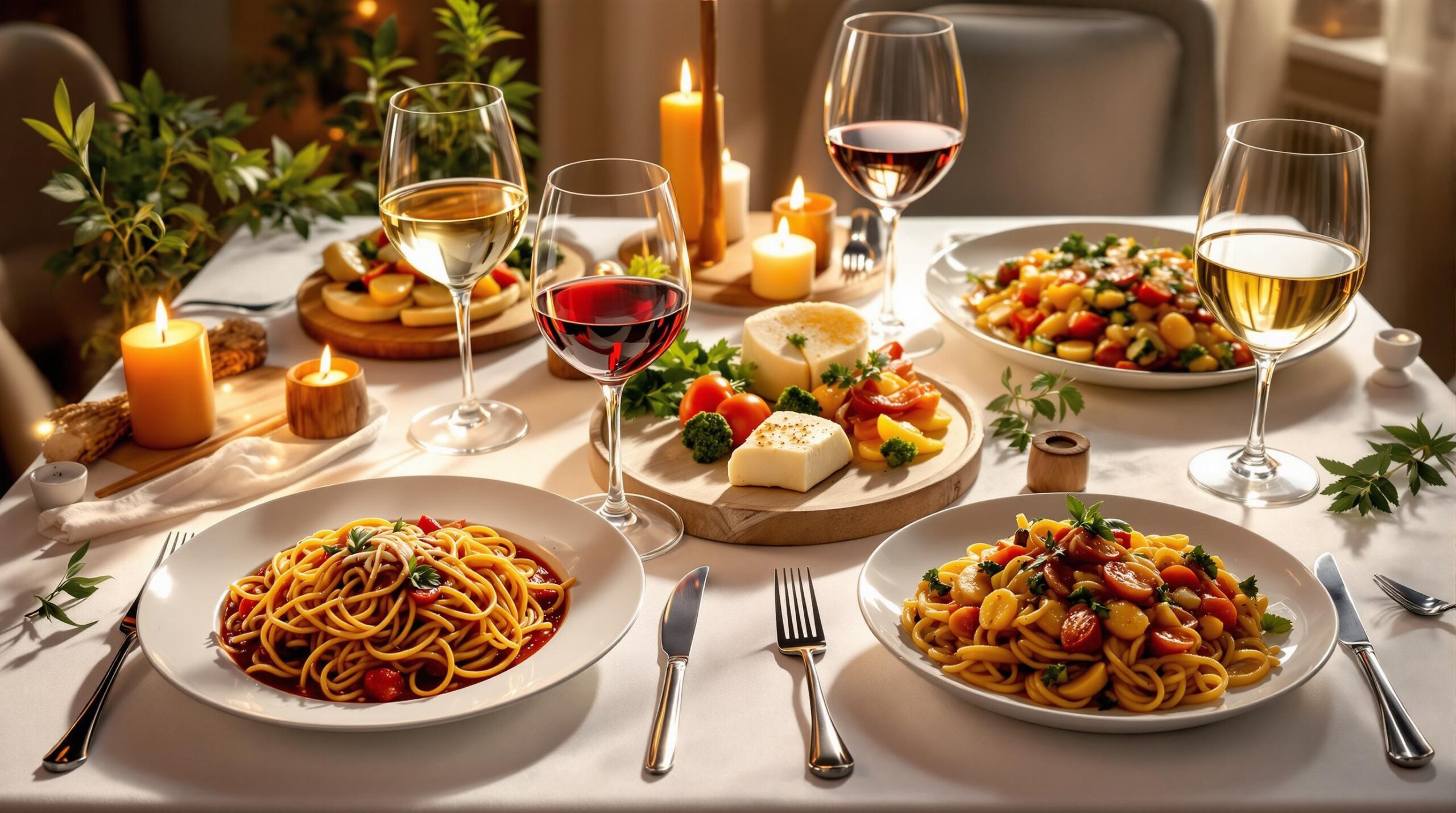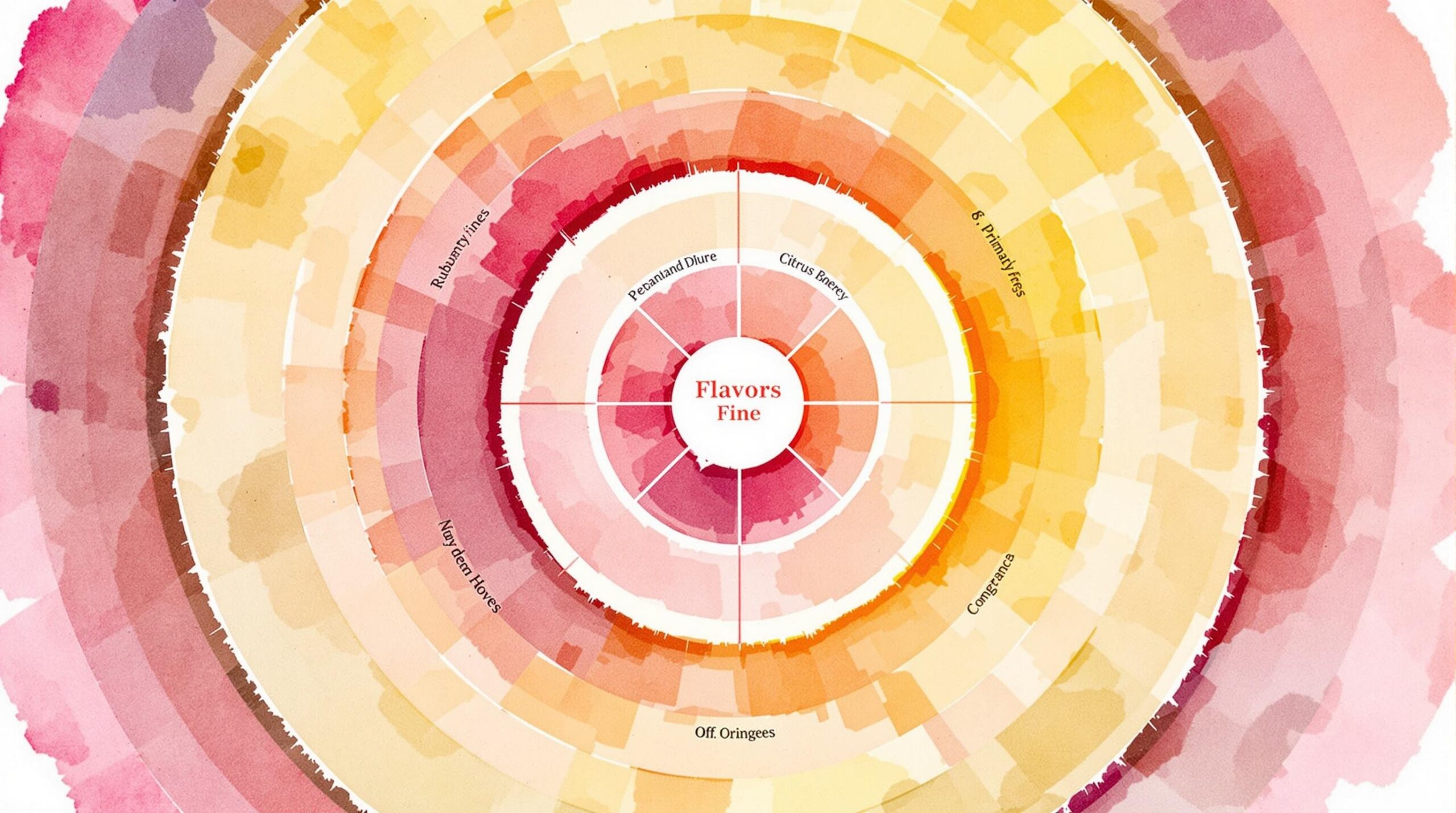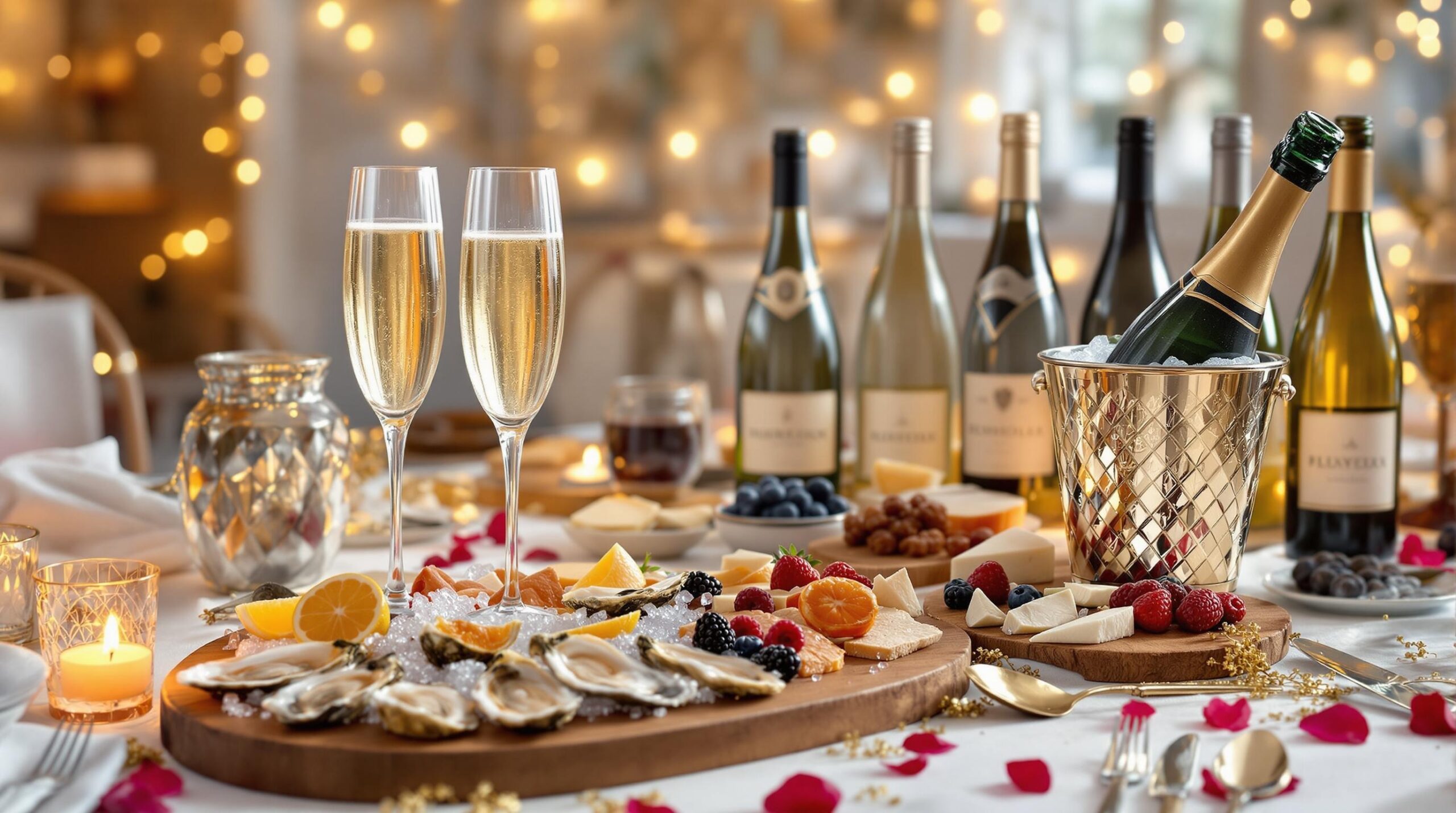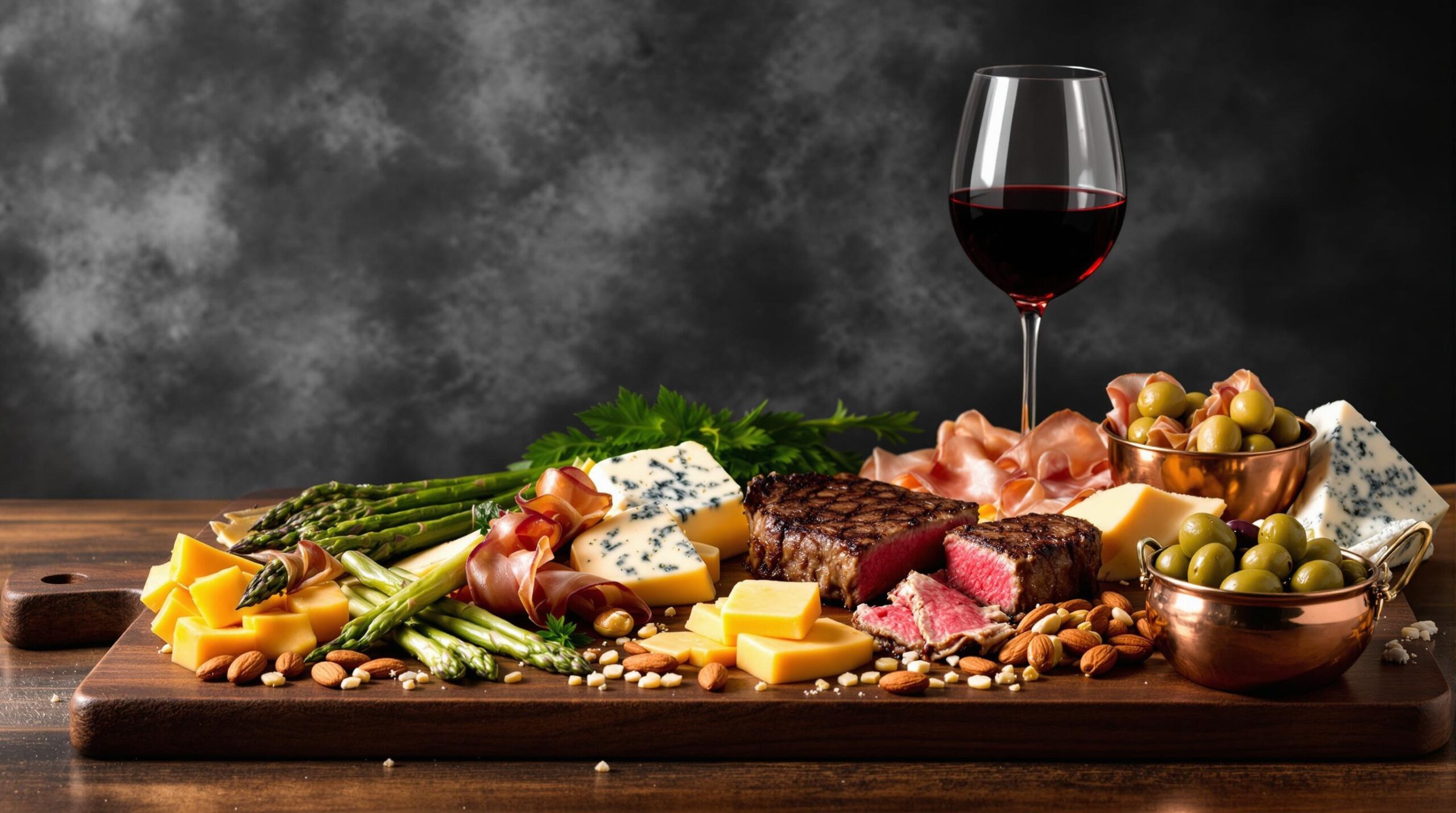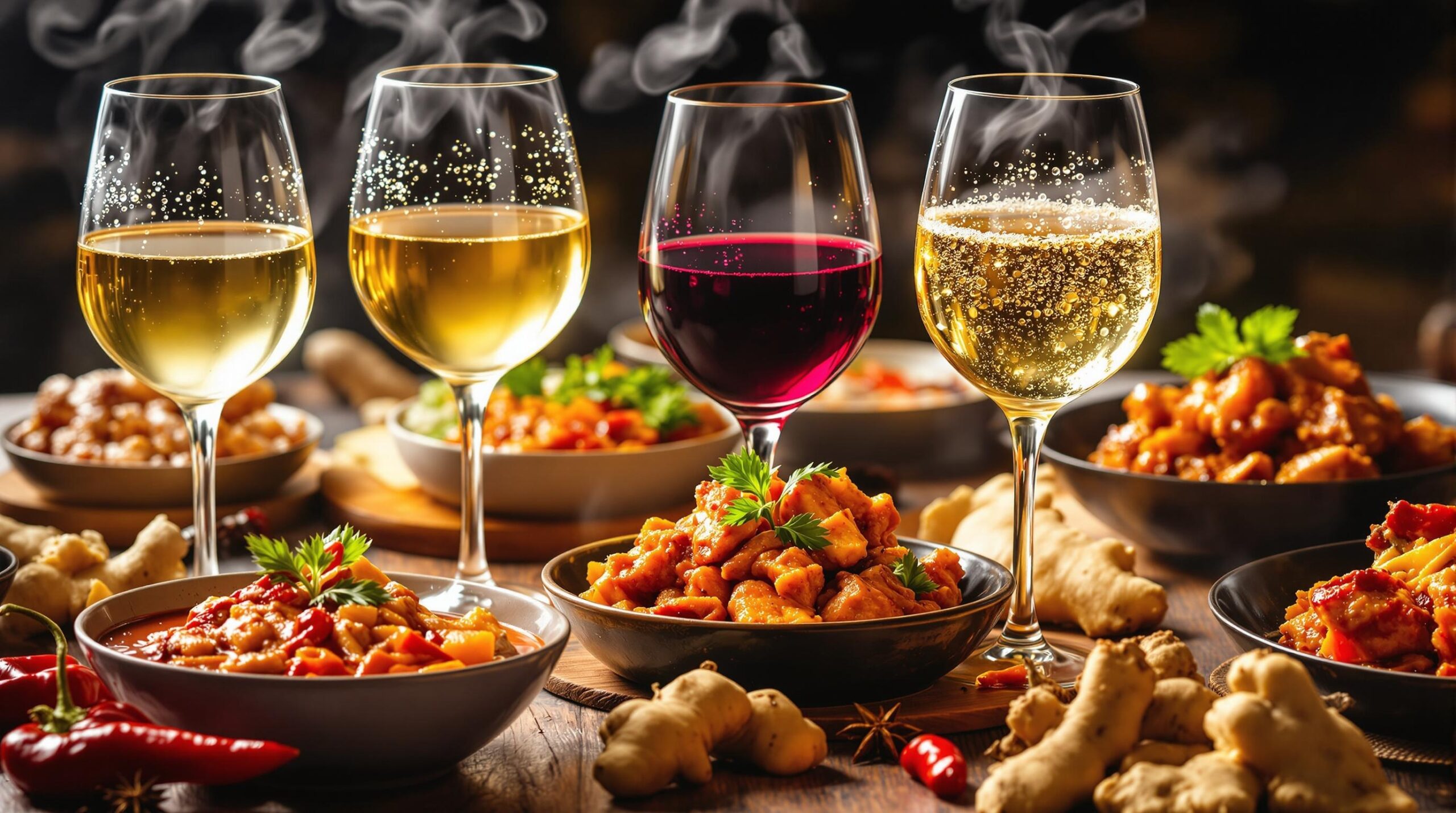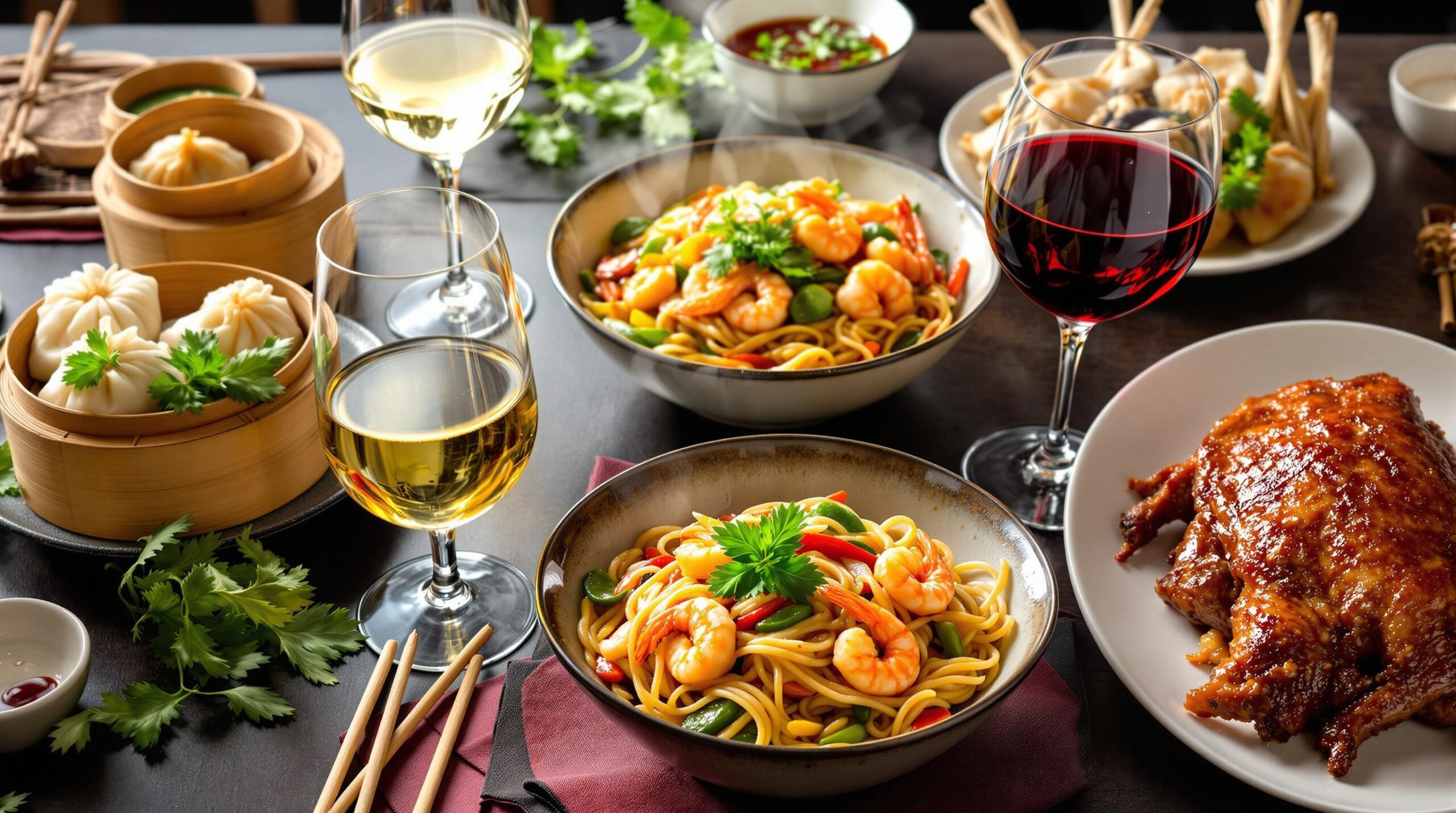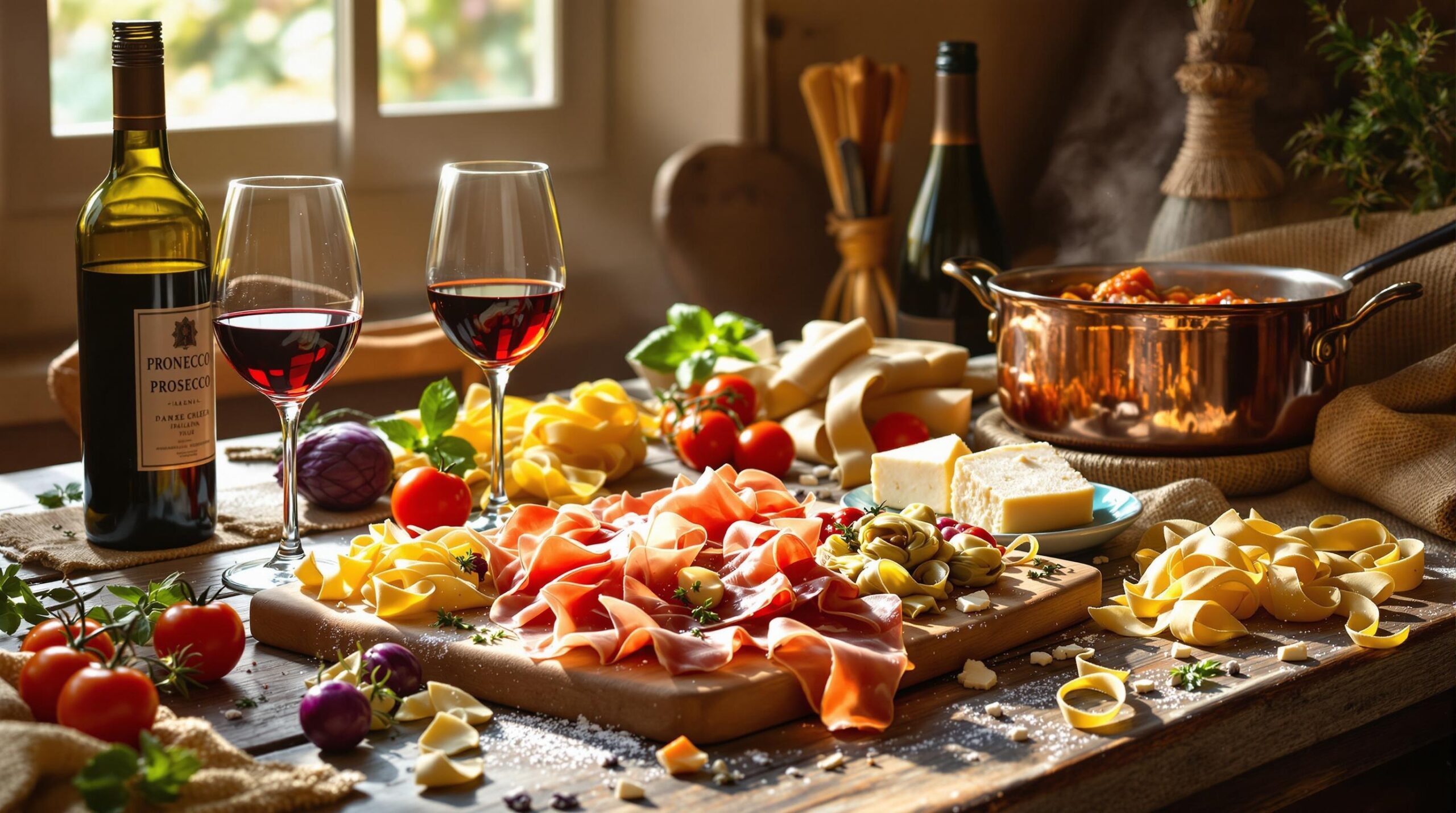Mastering food and wine pairings transforms ordinary meals into memorable experiences. This guide helps you understand basic pairing principles and match flavors confidently for any occasion.
Understanding Basic Wine Pairing Rules
Weight matching forms the foundation of successful pairings. Light wines complement light dishes, while full-bodied wines enhance hearty meals.
Consider these fundamental guidelines:
- Acid balancing: High-acid foods need high-acid wines
- Tannin harmony: Rich, fatty foods soften tannic wines
- Flavor intensity: Match wine intensity to food intensity
Essential Wine Styles for Different Occasions
Each occasion calls for specific wine characteristics:
| Occasion | Recommended Wine Styles |
|---|---|
| Casual Gatherings | Light whites, rosés, sparkling |
| Formal Dinners | Premium reds, aged whites |
| Outdoor Events | Crisp whites, light reds |
Seasonal Pairing Strategies
Temperature and weather influence wine enjoyment. Summer calls for refreshing whites and rosés, while winter welcomes robust reds.
Match these seasonal ingredients:
- Spring: Light whites with fresh vegetables
- Summer: Rosés with grilled foods
- Fall: Medium-bodied reds with root vegetables
- Winter: Full-bodied reds with braised meats
Regional Wine and Food Traditions
Classic regional pairings offer time-tested combinations that highlight local flavors. Understanding these traditional matches provides inspiration for modern pairings.
Notable regional combinations:
- Italian: Chianti with tomato-based pasta
- French: Burgundy with mushroom dishes
- Spanish: Rioja with grilled lamb
Budget-Friendly Wine Pairing Tips
Great wine pairings don’t require expensive bottles. Focus on these value-driven strategies:
| Wine Type | Price Range | Food Matches |
|---|---|---|
| Portuguese Reds | $10-15 | Grilled meats, stews |
| Spanish Whites | $12-18 | Seafood, light pasta |
| Chilean Cabernet | $15-20 | Red meat, aged cheese |
Common Pairing Mistakes to Avoid
Understanding these pitfalls helps create better matches:
- Temperature errors: Serving red wine too warm or white wine too cold
- Intensity mismatches: Overpowering delicate dishes with bold wines
- Spice conflicts: Pairing high-alcohol wines with spicy foods
Fix these issues by:
- Checking proper serving temperatures
- Tasting wine before serving
- Starting with lighter wines
Building Your Wine Pairing Confidence
Develop your pairing skills through practical experience and simple experiments. Start with these steps:
- Taste testing: Sample small portions of different combinations
- Note taking: Record successful and unsuccessful matches
- Group tastings: Share experiences with friends
Remember that personal preference plays a significant role in successful pairings. Trust your palate while following basic guidelines.
Food and Wine Pairing FAQs
What’s the basic rule for pairing wine with food?
Match the weight and intensity of the wine with your food. Light dishes work best with lighter wines, while rich foods need fuller-bodied wines.
Should I always follow the “white wine with fish” rule?
While it’s a helpful starting point, there are exceptions. Light reds like Pinot Noir can pair wonderfully with salmon, and full-bodied whites like oaked Chardonnay work well with rich fish dishes.
How do I pair wine with spicy food?
Choose wines with lower alcohol content and some sweetness. Off-dry Riesling or Gewürztraminer can balance heat while enhancing flavors.
What wine goes best with cheese?
Different cheeses need different wines:
– Soft cheese: Sparkling wine or Chardonnay
– Hard aged cheese: Bold reds like Cabernet Sauvignon
– Blue cheese: Sweet dessert wines
– Fresh goat cheese: Sauvignon Blanc
How do I pair wine with desserts?
The wine should be sweeter than the dessert. Port pairs well with chocolate, and Moscato complements fruit-based desserts.
Can I serve red wine with vegetables?
Roasted or grilled vegetables pair well with medium-bodied reds like Merlot. For raw or steamed vegetables, stick to crisp whites like Pinot Grigio.
What’s the best wine for BBQ?
Zinfandel and Syrah work great with grilled meats. Their bold flavors and spicy notes complement smoky, charred flavors.
How much wine should I serve per person?
Plan for:
– Dinner parties: One bottle per 2-3 people
– Wine tastings: 2-3 oz per wine
– Cocktail parties: Half bottle per person
What’s the right temperature for serving wine?
Proper serving temperatures:
– Red wine: 60-65°F (15-18°C)
– White wine: 45-50°F (7-10°C)
– Sparkling wine: 42-45°F (5-7°C)
How do I fix a bad pairing?
Add balancing elements to your food:
– Too tannic: Add fat or salt
– Too sweet: Add acid (lemon juice)
– Too acidic: Add richness (olive oil, butter)
Quick Tips for Success
– Start with wines you enjoy
– Consider the dominant flavor in the dish
– Match regional foods with regional wines
– Remember: acid with acid, sweet with heat
– When in doubt, sparkling wine pairs with almost everything
Common Pairing Mistakes to Avoid
– Focusing only on the meat, not the sauce
– Matching wine to raw ingredients instead of cooking method
– Overlooking the impact of seasonings and spices
– Serving wine at incorrect temperatures

